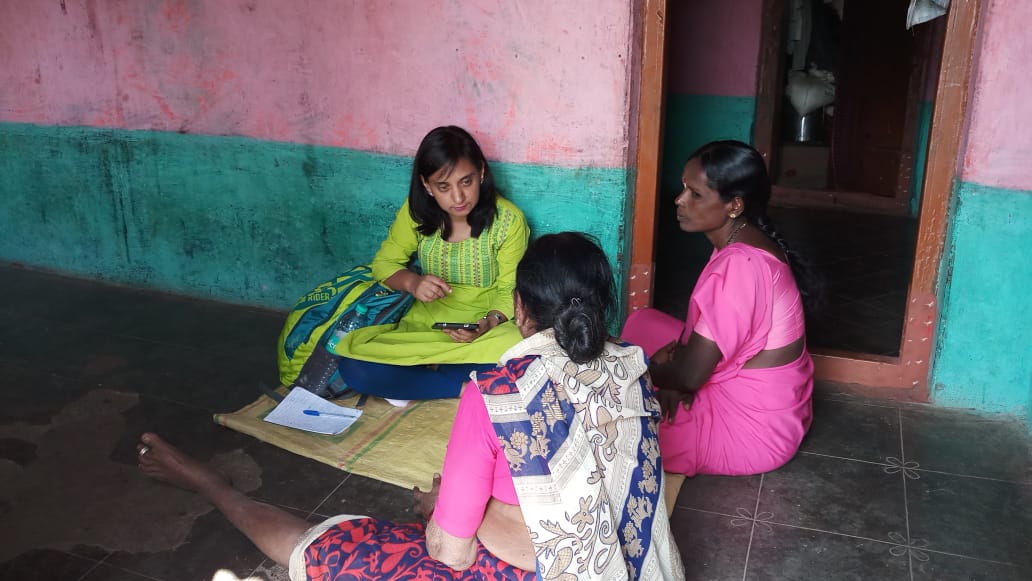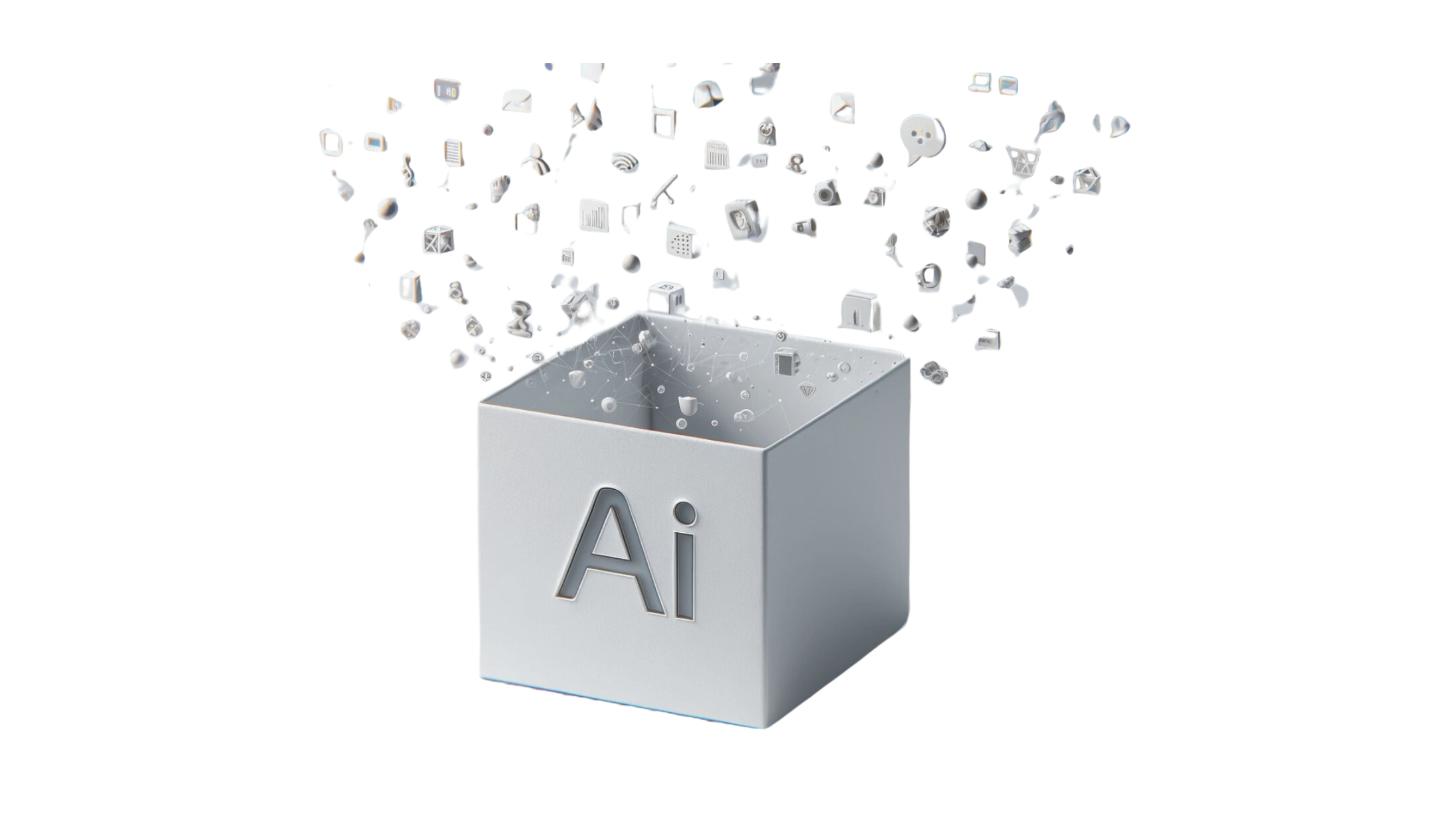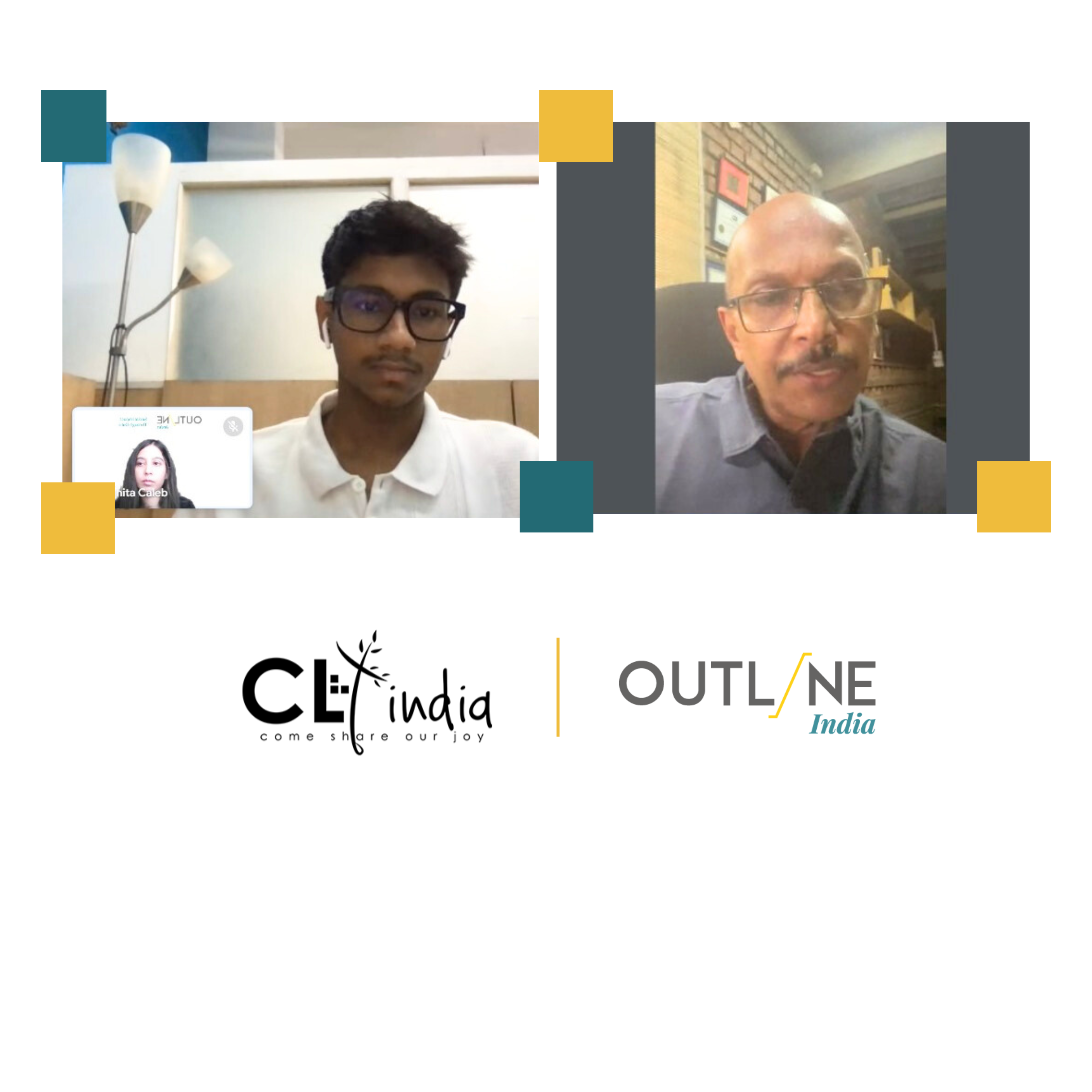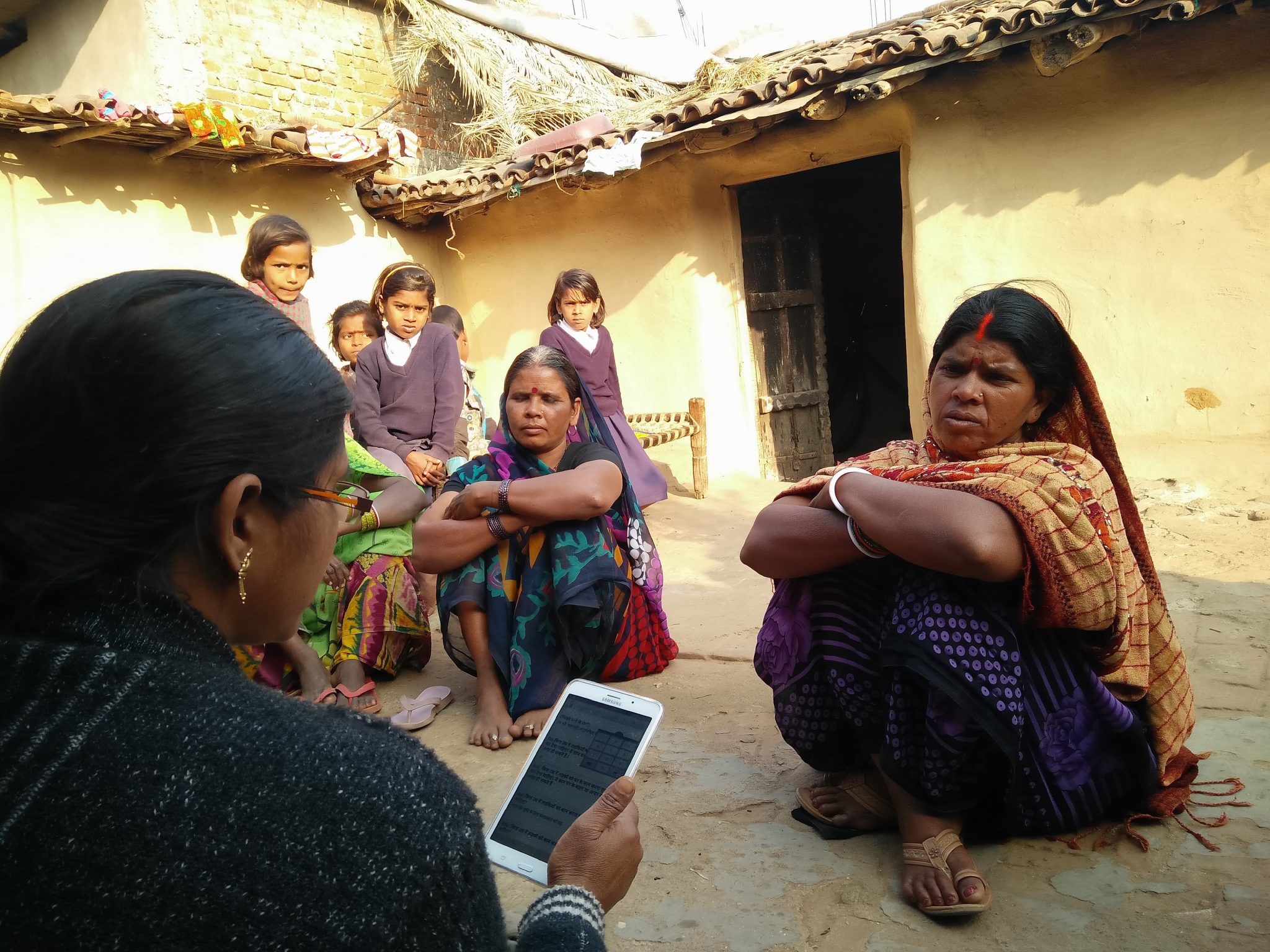Blog Details
When pioneers research, they know their tools and sample well.
Introduction
Data collection would begin after a researcher has clearly defined and articulated his/her research problems. Data can be collected in two ways: by using primary sources and by using secondary sources. The primary data is collected after visiting the field. Thus, it acts as a first-hand information to address a specific research problem. The secondary data has been collected by someone else and it has been through a rigorous statistical process. For collecting data, the researcher must decide which kind of data he/she would be using for the study. The methods of collecting primary and secondary data differ as primary data is collected originally while in case of secondary data, the data collection work is merely about compiling the given data.
Steps for Data Collection
- Identify issues and opportunities for collecting data: Every tool for collecting data has its own pros and cons. Thus, for deciding the best method, it is important to identify issues and opportunities for collecting data according to the method. It might be helpful to engage in a pilot study to review our tools and sample size.
- Setting goals and objectives: The researcher uses data to address his/her research questions and must design his/her methodology accordingly. Thus, every tool used by the researcher must have certain objectives which could be used for addressing these questions after analysis.
- Planning approach and methods: Researcher would make decisions pertaining to who will be surveyed, how data will be collected, sources and tools for data collection, and duration of the project.
- Collect data: While planning the data collection, it is important to understand logistical challenges and prepare accordingly.
Various Methods of Data Collection
There are various methods of collecting data. A researcher must know the pros and cons of each method so as to choose the best method for addressing research problems and suggesting recommendations on the basis of proper data analysis.
Collecting the Primary Data
Collection of Primary Data in Social Sciences is in the form of performance surveys like the census and sample surveys then we can collect primary data through observation or by conversing/interviewing respondents. There are various methods for collecting primary data including, observation method, Interview, through questionnaires, through schedules, content analysis, etc.
A. Observation Method
This method is commonly used in Behavioural Sciences. It can only serve as a scientific tool if the researcher has planned it well and recorded all the incidents in a systematic manner. In this method, the researcher has to observe the situation and how respondents behave in a specific setting. While using this method, the researcher must focus on the process of carrying out a structured observation to address questions like, what should be observed? How observations will be recorded? How the accuracy of observation can be ensured? There are two ways to carry out observation: participant observation and non-participant observation. In participant observation, the researcher becomes the member of the group so as to experience how the other group members feel but if the researcher detaches from the group then he/she is being a non-participant observer.
B. Interview Method
Interview method involves interaction between the researcher and the respondents upon a particular issue or for capturing the impact of the issue of his/her interest. Interviews can be conducted through personal interviews or via using techno-aids like Skype, Google Hangout, email, telephone, etc.
C. Collecting data through questionnaires
While collecting data for a large sample size, questionnaires could be designed in a simplistic way to generate quantitative inputs for verifiability of a certain hypothesis considered by the researcher. In this method, the researcher prepares a questionnaire and asks the respondents to fill in the questionnaire and then asks the respondents to return the filled questionnaires. For each question, the researcher selects a measurement scale and analyses the data accordingly.
Collection of Secondary Data
Secondary data is the data which has been collected and analysed by someone else. Secondary data is available in various research journals; publications of international organisations, governmental organisations; books, magazines, newspapers, public records and statistics, etc.
Data collection is contextual and it should be only used for research/academic purposes. Therefore, research ethics need to be followed during the collection of data. The researcher must ensure that the data should be reliable, suitable, adequate, and accurate.
Selection of Appropriate Method for Data Collection
- Nature, scope and object of enquiry: This is the basis of choosing the method for data collection. It must suit the type of enquiry which the researcher wants to conduct. This would also help the researcher to understand if he /she wants to collect data from primary or secondary sources.
- Availability of funds: Funding is an essential component of research and it would help the researcher to choose a method which is effective, efficient and could help him/her to collect data with available funds.
- Time: A good researcher not just focuses on his/her research design but emphasizes on the allotment of time so as to proceed through each step of research. Therefore, time is an important factor as some methods consume a lot of time and some methods consume less time.
- Precision: A good research, impact assessment or evaluation study is precise and the level of precision required for writing them would also require a proper assessment of methods for data collection.
Thus, the most desirable approach for collecting data depends on the nature of problem, on the time and resources available and the level of precision required for addressing the research problems. But, selection of method also depends on the experience and ability of the researcher. Thus, Dr. Bowley said, while collecting data, ‘common sense is the chief requisite and experience is the chief teacher.’
References:
Kothari, C.R. (2013). Research Methodology: Methods and Technology. New Age International Publishers: Mumbai.
Ontario Human Rights Commission (2019). What is involved in collecting data:Six steps to success. Accessed on June 18, 2019. From HTTP://WWW.OHRC.ON.CA/EN/COUNT-ME-COLLECTING-HUMAN-RIGHTS-BASED-DATA/6-WHAT-INVOLVED-COLLECTING-DATA-%E2%80%93-SIX-STEPS-SUCCESS








David Angel Makel
IT ConsultantIt is a long established fact that a reader will be distracted by the readable content page looking at its layout point of using normal